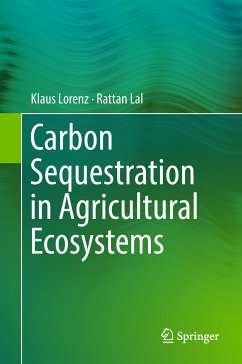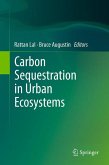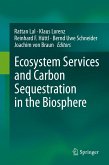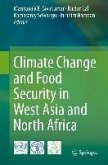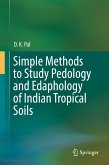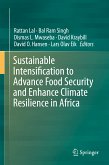Carbon Sequestration in Agricultural Ecosystems addresses basic processes of soil C dynamics and explains the underlying controls of technical and economic potential of soil C sequestration. It contains discussions on soil inorganic and organic C, and the factors affecting their stock and fluxes. After an introduction on agricultural land uses and their effects on the global C cycle; processes, factors and causes influencing SIC and SOC dynamics are presented in detail based on up-to-date scientific knowledge. Also discussed are processes affecting dynamics of SIC and SOC sequestration in soils of croplands and grasslands, and how agricultural practices affect them. This is followed by a description of SOC sequestration in wetlands under agricultural use, and those under agroforestry systems. Then, how the increasing biomass production for bioenergy and biofuel affects the SOC stocks of agroecosystems is presented. This is followed by a critical discussion on the importance of biochar to soil C sequestration in agroecosystems. The book concludes with an outlook about the importance of soils of agroecosystems for climate change policy. Focus of the book is on scientific understanding of SIC and SOC sequestration in agroecosystems. It lists a set of questions at the end of each chapter to stimulate thinking and promote academic dialogue. Each chapter lists pertinent references on the current research, and summarizes the present understanding while identifying the knowledge gaps for future research. It is timely because of the growing interests by the policy makers (as documented by the "4 per Thousand" initiative at COP21 in Paris, and the "Adapting African Agriculture" program at COP22 in Marrakech) in making soils and agriculture important to solutions of addressing the global issues. The book is a valuable source of information intended for use by graduate and undergraduate students, scientists, land managers, private sector, policy makers and the general public.
Dieser Download kann aus rechtlichen Gründen nur mit Rechnungsadresse in A, B, BG, CY, CZ, D, DK, EW, E, FIN, F, GR, HR, H, IRL, I, LT, L, LR, M, NL, PL, P, R, S, SLO, SK ausgeliefert werden.

